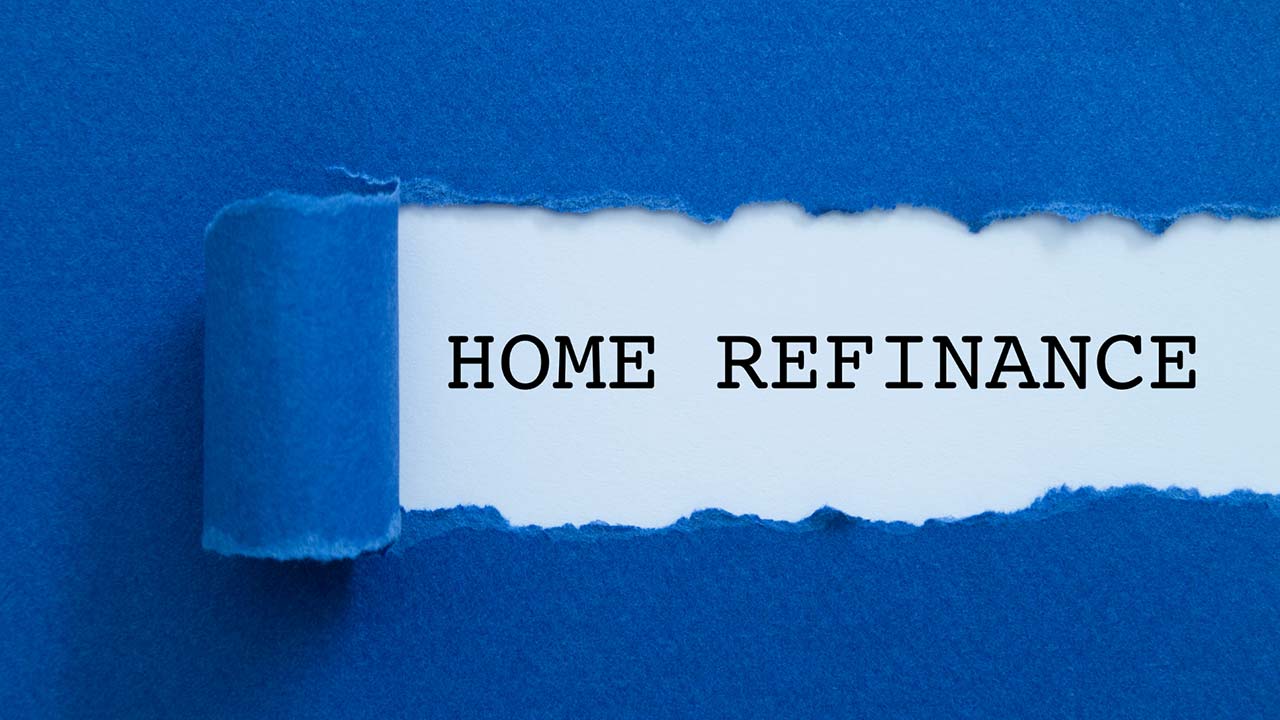Few homeowners wouldn’t jump at the chance to save some money on their mortgage payments. With interest rates falling to all-time lows, many are considering refinancing their mortgages to take advantage of the current situation and pay lower amounts out of pocket. However, the process of refinancing your home mortgage can be complicated and especially overwhelming to someone who isn’t familiar with all of the perplexing terms and moving parts involved. In cases like these, consulting an expert real estate agent can help.
As with all things, though, a little bit of research can go a long way. In this beginner’s guide, we’ll touch on what refinancing is, why you might want to consider doing it, and how to go about it.
What Does Refinancing Mean?
In simple terms, refinancing refers to the process of paying off your existing mortgage or home loan with funds from a new one. Most people do this to take advantage of the lower interest rate on a new loan, though there are many other practical reasons that a homeowner might consider refinancing.
These include, among others, switching mortgage companies or lenders or a desire to change the terms of their loan so that they can pay it off faster. Refinancing also allows them to switch from an adjustable-rate mortgage to a fixed-rate mortgage (or some other type of home loan) and vice versa. Finally, refinancing offers homeowners an opportunity to tap into their home equity in order to acquire funds for whatever needs that may require serving, such as a financial emergency or a major purchase.
What Are the Benefits of Refinancing?
Even though applying for a new home loan can be an arduous and expensive affair, refinancing can still be incredibly attractive to many homeowners who wish to experience the following benefits:
Lower Your Monthly Payments
This is by far one of the most compelling benefits of refinancing your home. As long as it is considered carefully and a homeowner is certain that it makes financial sense, refinancing is a great way to take advantage of a lower interest rate offered by another loan. This can help you free up cash that you can add to your monthly budget. From there, you can save that extra money or put it towards a new investment.
Shorten the Repayment Period
Another advantage of refinancing is that it opens up the opportunity for you to pay your home loan off faster. Of course, this depends on your financial plan and age. Generally speaking, if the interest rate of your new loan is significantly lower than the rate you had previously, you can opt to continue paying the high mortgage payment in exchange for shortening the term of the new loan. Being free and clear of your mortgage means you’ll have one less monthly household expense to worry about. You’ll also no longer have to pay interest, and you can fully claim the profits on the property should you decide to sell it in the future.
Stabilise Your Loan Payments
If you currently have an adjustable-rate mortgage where the interest rate that is applied to your outstanding balance varies throughout the life of the loan, then your monthly payment amount will change frequently. This may not be ideal for homeowners who desire more predictability in their payments. They may also want to protect themselves from any sudden and possibly significant increases in their monthly mortgage payments should interest rates rise unexpectedly. Refinancing allows homeowners to switch the type of mortgage they have on their home to best suit their needs and financial situation.
Opt for a “Cash-out Refinance”
Refinancing is also a great way to tap into your home’s equity and use those funds to cover any needs you may have. This can include a financial emergency, your child’s college education, or a remodel that can help increase the value of the property. Some homeowners also refinance to consolidate debt.
How to Refinance
Once you’ve determined that it’s in your best interests to refinance, it’s time to put your plan into action.
First, you’ll want to work out exactly what you need from your home loan. This will help you narrow down your search and ultimately determine which home loan products and offers you should look into to cover that need or achieve your goals.
Next, compare home loans. You can go online to do this or enlist the help of a qualified broker. Having a broker by your side gives you access to their vast knowledge and experience, greatly simplifying the process of finding a home loan that best suits your needs.
Keep in mind that refinancing sometimes means having to pay certain fees, such as break costs, exit fees, and application fees. You’ll have to take all these costs into account and make sure that you can cover them before submitting your refinance application with your chosen lender.
And that’s it! Once your application has been pre-approved, your lender will perform a valuation on the property to determine its worth before your new home loan is fully approved. After the contracts are signed, settlement occurs and your old loan will be paid off with funds from your new loan. Congratulations! You’ve successfully refinanced your home.
Looking to refinance your home? Get in touch with Gerard Partners today!

